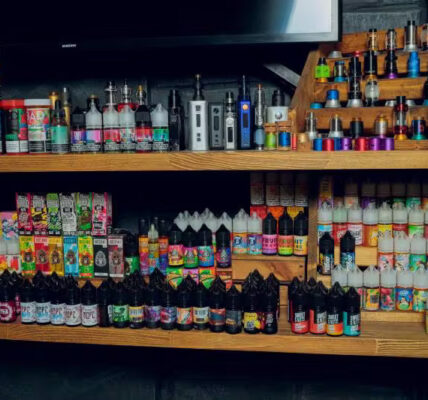Understanding the Flavor Ban Bill:
Background and Intent
The Flavor Ban Bill aimed to prohibit the sale of flavored vaping products, including popular flavors like fruit, dessert, and menthol. Supporters argued that such a ban would help curb youth vaping rates and protect public health by reducing access to appealing flavors.
Controversy and Opposition
However, the bill faced fierce opposition from various groups, including vaping advocates, small businesses, and adult vapers. Critics argued that banning flavored e-cigarettes would push adult smokers back to traditional cigarettes, hinder harm reduction efforts, and negatively impact local businesses.
Governor’s Veto Decision:
Despite pressure from both sides, Governor’s decision to veto the Flavor Ban Bill came as a surprise to many. In his veto message, the Governor cited concerns about the potential negative impact on local businesses, adult smokers’ access to harm reduction alternatives, and the need for more comprehensive solutions to address youth vaping.
Implications and Future Outlook:
Uncertainty in Vaping Regulations
The Governor’s veto has created uncertainty regarding the future of vaping regulations in Vermont. While the Flavor Ban Bill has been rejected for now, it’s unclear what steps the state government will take next to address youth vaping and public health concerns.
Calls for Compromise and Collaboration
In light of this development, stakeholders on both sides of the debate are calling for compromise and collaboration to find solutions that balance public health objectives with the interests of adult vapers and businesses. This includes exploring alternative regulatory approaches, such as stricter age verification measures and youth prevention programs.
Advocacy and Awareness
Moving forward, advocacy efforts and public awareness campaigns will play a crucial role in shaping vaping policies in Vermont. It’s essential for stakeholders to engage in constructive dialogue, educate policymakers and the public about the potential benefits of vaping as a harm reduction tool, and work towards evidence-based solutions that prioritize public health and individual freedoms.
Conclusion:
The Governor’s veto of the Flavor Ban Bill has ignited discussions about the future of vaping regulations in Vermont. While this decision represents a temporary victory for vaping advocates and businesses, it also highlights the ongoing challenges and complexities surrounding youth vaping prevention and public health. Moving forward, it’s imperative for stakeholders to come together, explore innovative solutions, and prioritize evidence-based policies that promote both public health and individual liberties.




